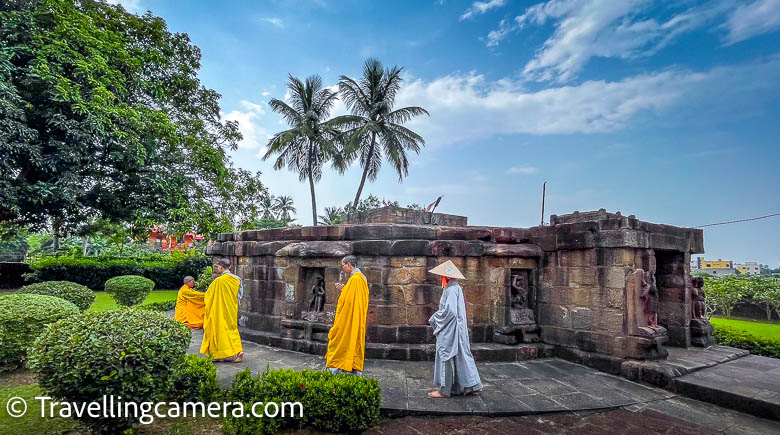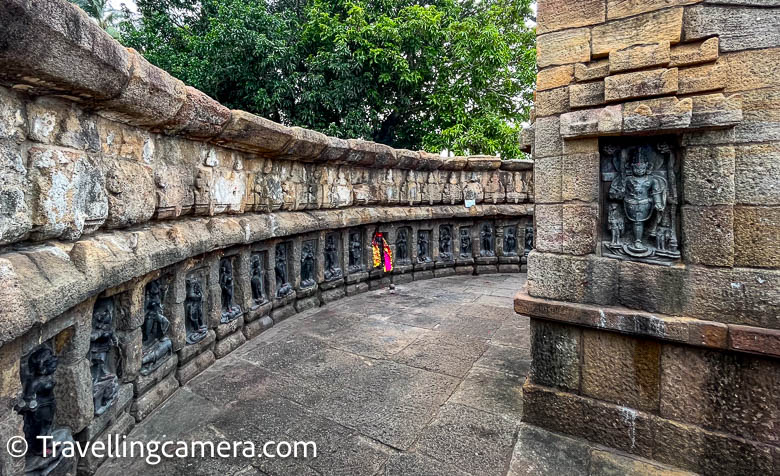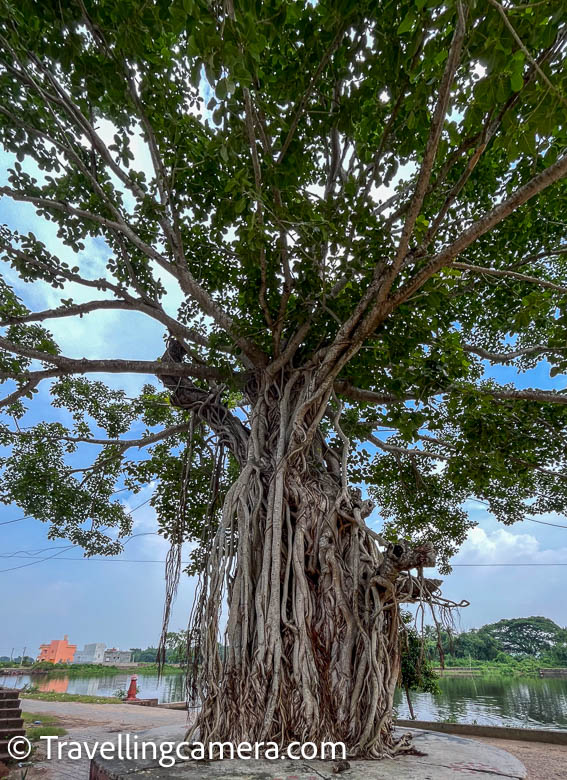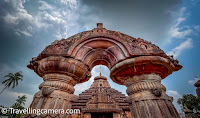Tucked away in the lush landscapes of Bhubaneshwar, the capital city of Odisha, lies a temple that whispers secrets of ancient mysticism and feminine power. The Chausath Yogini Temple stands as a mesmerizing testament to a bygone era, where the divine feminine was revered, and the esoteric arts held sway. Join us as we step into the enigmatic world of the Chausath Yogini Temple, a realm where spirituality, history, and artistry intertwine.
A Glimpse into the Past: Historical Enigma
Dating back to the 9th century, the Chausath Yogini Temple is one of the few surviving shrines dedicated to the Yoginis, the powerful and often enigmatic goddesses associated with the tantric tradition. Built during the reign of the Bhauma-Kara dynasty, the temple carries the echoes of a time when esoteric practices and spiritual wisdom were interwoven into the fabric of life.
Yoginis: Guardians of the Mystical
The temple is dedicated to the Yoginis, who are often depicted as fierce, divine female energies associated with yogic practices and profound spiritual insights. In ancient Indian spirituality, Yoginis were revered as cosmic forces embodying the various aspects of the feminine divine. The Chausath Yogini Temple houses 64 intricately carved Yogini statues, each representing a unique facet of the divine feminine essence.
Architectural Marvel: A Circular Tapestry
The temple's architecture is as intriguing as its spiritual significance. Unusual in its circular layout, the Chausath Yogini Temple consists of 64 small shrines that encircle a central courtyard. Each shrine once housed a Yogini statue, creating a mystical cosmic mandala that symbolizes the interconnectedness of all existence. The circular arrangement is believed to represent the continuous cycle of creation, preservation, and dissolution.
Carved in Stone: Mythic Tales and Divine Dance
The temple's walls are adorned with intricate carvings that transport visitors to a realm of ancient tales and cosmic dramas. The Yoginis are depicted in various poses, dancing, playing instruments, and engaged in celestial activities. The detailed sculptures reflect the artistic prowess of the artisans of that era, inviting us to ponder the deeper symbolism behind each form.
Tantric Significance: Beyond the Surface
The Chausath Yogini Temple is often associated with tantric practices that focus on spiritual transformation, liberation, and union with the divine. While the temple's purpose and rituals remain shrouded in mystery, it's believed that the sacred space was a site for esoteric rituals, meditation, and the exploration of profound spiritual insights.
A Contemporary Connection: Seeking the Yogini Wisdom
In a world where the divine feminine is being rekindled and celebrated, the Chausath Yogini Temple holds a contemporary relevance. It invites us to explore the facets of our own inner divinity, connect with the power of the feminine, and honor the wisdom embedded in ancient traditions. As visitors walk through the temple's corridors, they're invited to embrace the deeper layers of spirituality and introspection.
Preserving the Legacy: A Journey Through Time
The Archaeological Survey of India (ASI) has played a pivotal role in preserving the Chausath Yogini Temple's historical and cultural significance. While the temple's stones have weathered the passage of centuries, the ASI ensures that its unique architecture and spiritual essence remain intact for generations to come.
The Chausath Yogini Temple stands as a doorway to a mystical past, a place where the sacred and the esoteric converged. Its circular layout, intricate carvings, and association with the Yoginis make it a site of profound contemplation and wonder. As we walk in the footsteps of ancient seekers, we're invited to honor the divine feminine, connect with timeless wisdom, and embrace the enigma of the Chausath Yogini Temple.
Related Blogposts :




























.jpg)
Comments